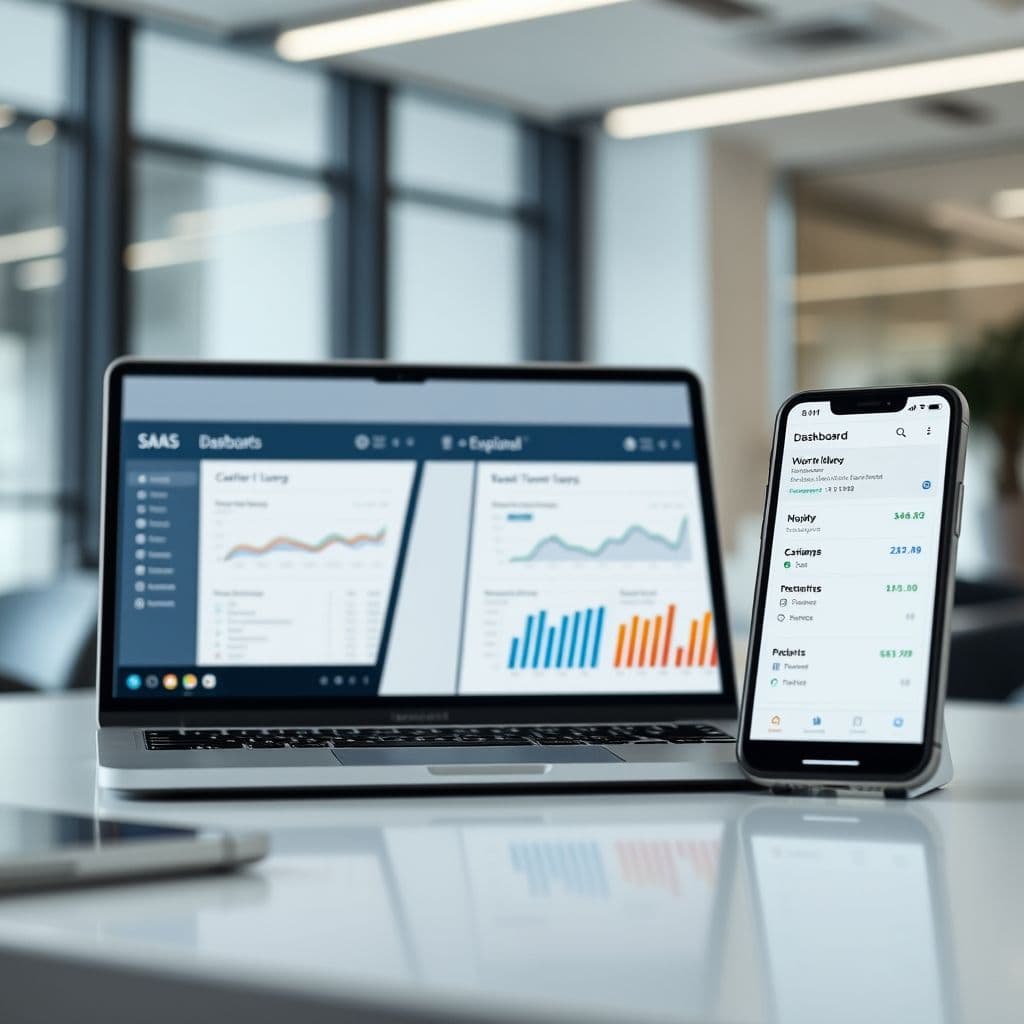The Ultimate Budgeting App Solution: A Hypothetical SaaS Idea for Financial Freedom

In today's digital age, managing personal finances should be easier than ever. Yet, many find themselves overwhelmed by the plethora of budgeting apps available, each with its own set of limitations. From high costs to lack of features, the search for the perfect budgeting tool can feel endless. This article explores a hypothetical SaaS solution designed to address these pain points and revolutionize personal finance management.
The Problem: Fragmented and Ineffective Budgeting Tools
Many users struggle to find a budgeting app that meets all their needs. Common complaints include high costs, lack of free features, and the inability to collaborate with partners or family members. Some users resort to manual methods like spreadsheets or binders, which, while effective, are time-consuming and prone to errors. The discontinuation of beloved apps like Mint has left a void in the market, further exacerbating the problem.

The Hypothetical SaaS Solution: A Comprehensive Budgeting Tool
Imagine a budgeting SaaS tool that combines the best features of existing apps while addressing their shortcomings. This hypothetical solution would offer a free basic version with essential features, ensuring accessibility for all users. Advanced features, such as automated expense tracking and investment insights, could be available through a premium subscription.
Key features of this SaaS idea include: integration with multiple financial accounts, customizable budgeting methods (from spreadsheets to app-based tracking), and shared access for collaborative financial planning. The tool would also provide actionable insights and reminders to help users stay on track with their financial goals.

Potential Use Cases and Benefits
This SaaS tool could benefit a wide range of users. Individuals could use it to track daily expenses and set savings goals. Couples could collaborate on shared budgets, ensuring transparency and mutual financial goals. Small business owners could manage their finances more effectively, with features tailored to their needs.
The benefits of this hypothetical tool are clear: it would save time, reduce stress, and provide a one-stop solution for all budgeting needs. By offering both free and premium options, it would cater to users with varying financial capabilities, making financial management accessible to everyone.
Conclusion
The search for the perfect budgeting app is a common struggle, but a hypothetical SaaS solution like the one described here could finally provide the comprehensive, user-friendly tool that many are looking for. By addressing the pain points of existing apps and offering innovative features, this idea has the potential to revolutionize personal finance management.
Frequently Asked Questions
- How feasible is it to develop this SaaS idea?
- While developing a comprehensive budgeting tool would require significant resources and expertise, the growing demand for such a solution makes it a viable project. Key steps would include market research, user feedback, and iterative development to ensure the tool meets real user needs.
- What would be the biggest challenges in creating this tool?
- The main challenges would include ensuring data security, integrating with multiple financial institutions, and designing a user-friendly interface that caters to both novice and advanced users. Additionally, balancing free and premium features would be crucial to maintain accessibility while generating revenue.
- How would this tool differ from existing budgeting apps?
- This hypothetical tool would stand out by offering a combination of features rarely found together in existing apps: free basic functionality, collaborative budgeting, and integration with various financial accounts. Its customizable approach would allow users to choose the budgeting method that works best for them, whether it's spreadsheet-based or app-driven.


